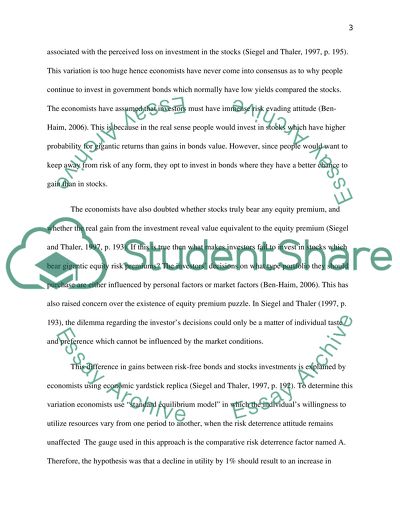Cite this document
(“Equity Premium Puzzle Essay Example | Topics and Well Written Essays - 2750 words”, n.d.)
Equity Premium Puzzle Essay Example | Topics and Well Written Essays - 2750 words. Retrieved from https://studentshare.org/finance-accounting/1403611-equity-premium-puzzle
Equity Premium Puzzle Essay Example | Topics and Well Written Essays - 2750 words. Retrieved from https://studentshare.org/finance-accounting/1403611-equity-premium-puzzle
(Equity Premium Puzzle Essay Example | Topics and Well Written Essays - 2750 Words)
Equity Premium Puzzle Essay Example | Topics and Well Written Essays - 2750 Words. https://studentshare.org/finance-accounting/1403611-equity-premium-puzzle.
Equity Premium Puzzle Essay Example | Topics and Well Written Essays - 2750 Words. https://studentshare.org/finance-accounting/1403611-equity-premium-puzzle.
“Equity Premium Puzzle Essay Example | Topics and Well Written Essays - 2750 Words”, n.d. https://studentshare.org/finance-accounting/1403611-equity-premium-puzzle.


